How to Design a Business Website : a Step-by-Step Guide

Introduction
A business website is the first place any potential customers land on the web to interact with your brand. When your business website is designed well, you can build trust, communicate your value, and convert cold visitors into clients. But the problem is, designing a website can feel overwhelming if you don’t know where to start.
In this guide, we’ll walk you through every stage of designing your business website, from setting goals to promoting your website’s launch. Whether you’re building from scratch and don’t know where to start or you want to refresh an outdated site, these steps will help you create a website that works for your business and your audience.
1. Define Your Goals and TargetAudience
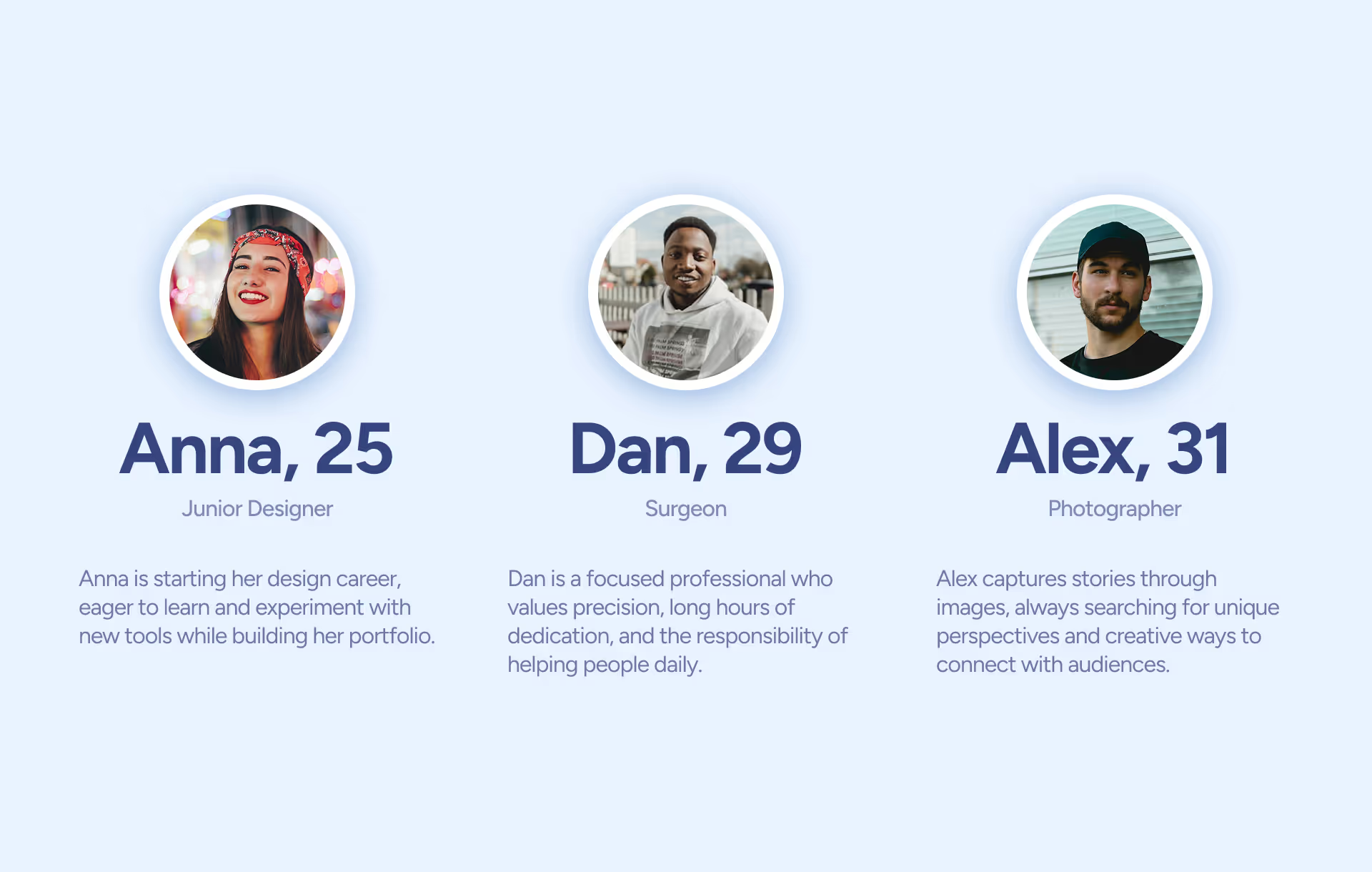
Every successful website starts with clarity. Before you dive into design, ask some important questions like:
- What is the main purpose of your website?
- Do you want to generate leads, sell products, showcase your services, or build credibility?
Next, define your target audience.
- Who are they?
- What problems are they trying to solve?
- ow does your business help?
For example, if you run a consulting firm, your audience may be small business owners seeking expert guidance. When you know your target audience's motivations, it helps you tailor your content and design to connect with them.
Finally, identify the key actions you want visitors to take. It could be:
- Booking a consultation
- Filling out a form
- Making a purchase
2. Research Competitors and Find Inspiration
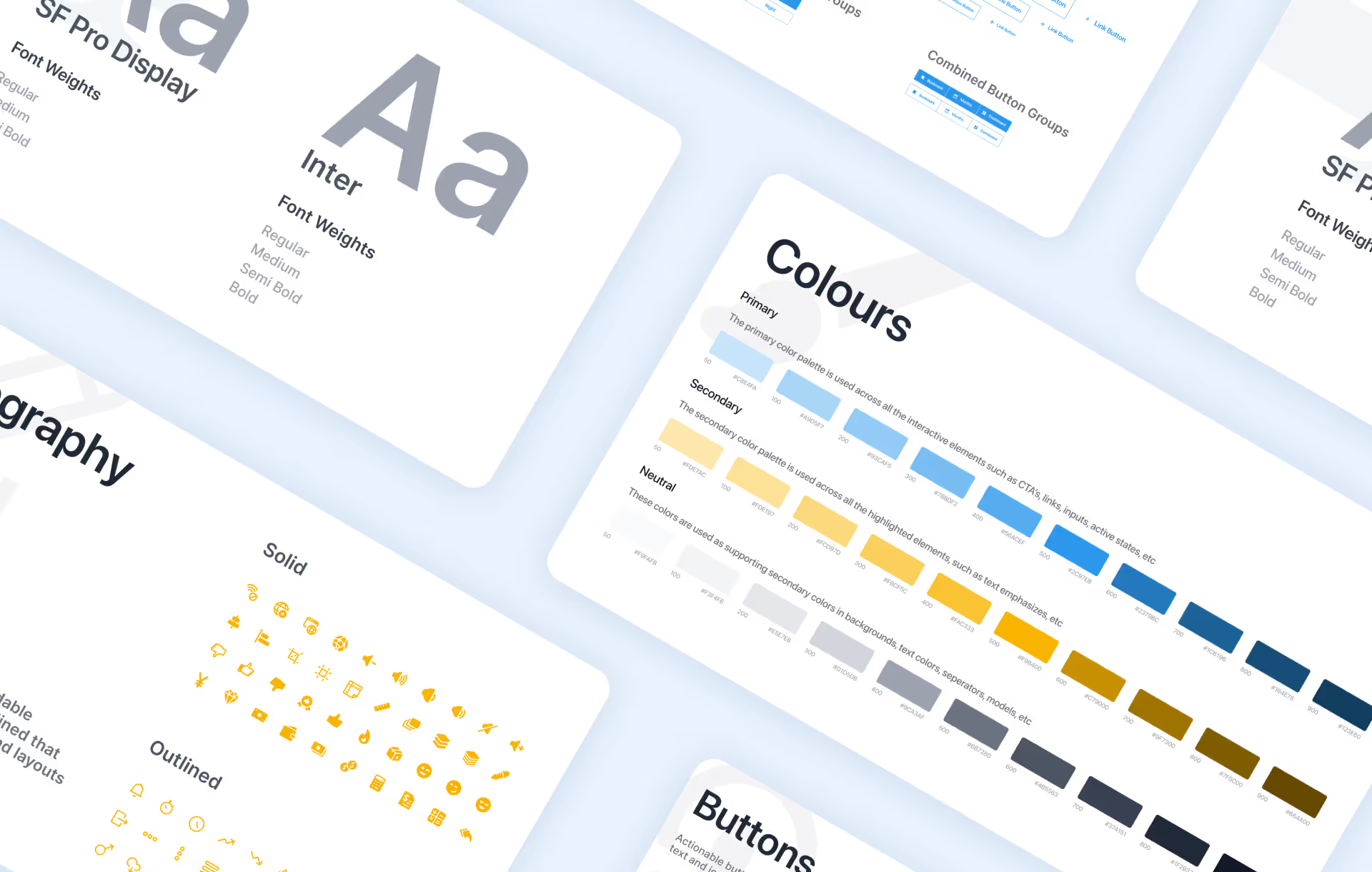
Your competitor websites are valuable insights into knowing what already works and what customers respond to. Study their designs and ask yourself: What works well? What feels confusing? Are there gaps you could fill to stand out?
Extend your view beyond your direct competitors. Exploring websites in other industries can help you collect inspiration for layouts, styles, and functionality. Platforms like Behance, Dribbble, and Pinterest are excellent for discovering fresh ideas.
Even without prior design experience, a mood board goes a long way in showing your vision. Create a mood board that captures the look and feel you want for your website. Choose fonts that align with your brand personality, color palettes that convey your message, and imagery that resonates with your audience. A visual roadmap like this will guide the choices you make on your designs later and keep your brand identity consistent.
3. Plan Your Website’s Structure
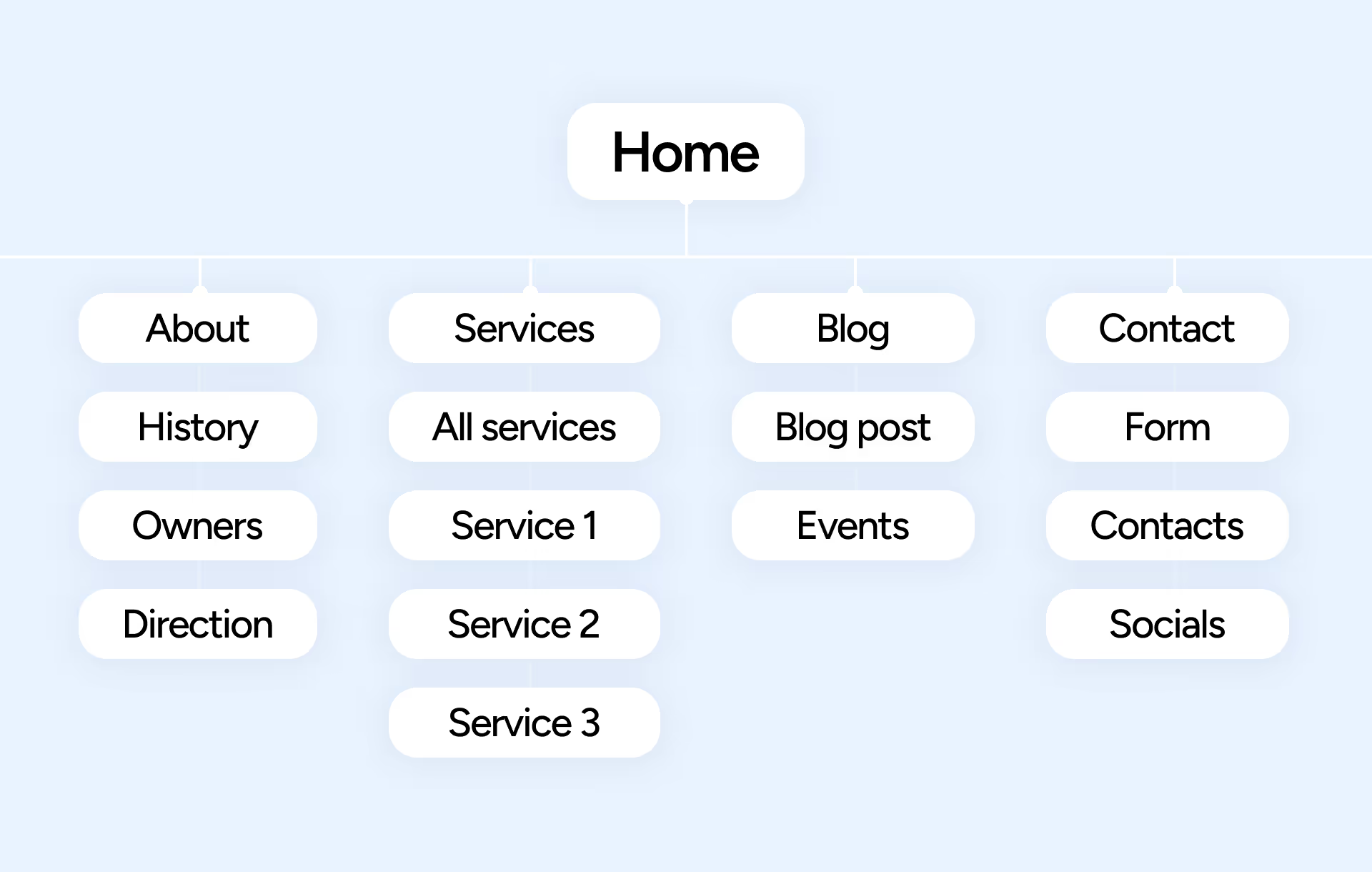
A business website needs clear, intuitive organization that directs a reader’s view from the moment they land on it. Map out your core pages and focus on creating a seamless harmony between design and content. Most companies benefit from a structure that includes:
- Home: A welcoming introduction and quick overview of your value.
- About: It covers your story, mission, and what sets you apart.
- Services/Products: Detailed descriptions of what you offer.
- Portfolio/Case Studies: Proof of your expertise with examples.
- Blog/Insights: Helpful content that builds authority and boosts SEO.
- Contact: Easy ways for visitors to reach you.
Once you have selected your pages, you can plan a logical navigation path. This path should guide your visitors to wherever they need to be on your website in two or three clicks. Sketch simple wireframes or use tools like Figma to visualize your layout. This planning stage ensures your site feels seamless and intuitive before any design work begins.
4. Focus on User Experience (UX)

User experience is such an important part of website design because a website should not only look good but be effortless to use. Keep your design clean and avoid clutter that distracts from your core message. Use plenty of white space, readable fonts, and a logical flow of information.
Mobile-friendliness is essential for better user experience. Over half of web traffic comes from smartphones. This is why it is also important to test your website’s layouts across different mobile devices to ensure consistency.
Clear CTAs that stand out on the page, such as “Book a Consultation” or “Get a Free Quote.” are benchmarks for success. Finally, prioritize accessibility. Use descriptive text for links, alt text for images, and ensure sufficient color contrast so your site is usable for everyone.
5. Design with Your Brand in Mind

Sometimes, what you need may not be what your brand needs. Remember that your brand is an entity of its own and your website is an extension of your brand’s identity. Incorporate your logo, brand colors, and typography consistently across all pages. This builds recognition and trust.
High-quality visuals make a powerful impression. Invest in custom graphics or professional photography that reflects your business values. Avoid overused stock photos because they can make your site look generic.
Your website copy also matters. Write in a tone that connects with your audience and focus on the benefits of your services rather than just the features. For instance, instead of saying “We provide accounting services,” you might write, “We help small businesses save money and reduce tax stress.”
6. Develop and Test Your Website
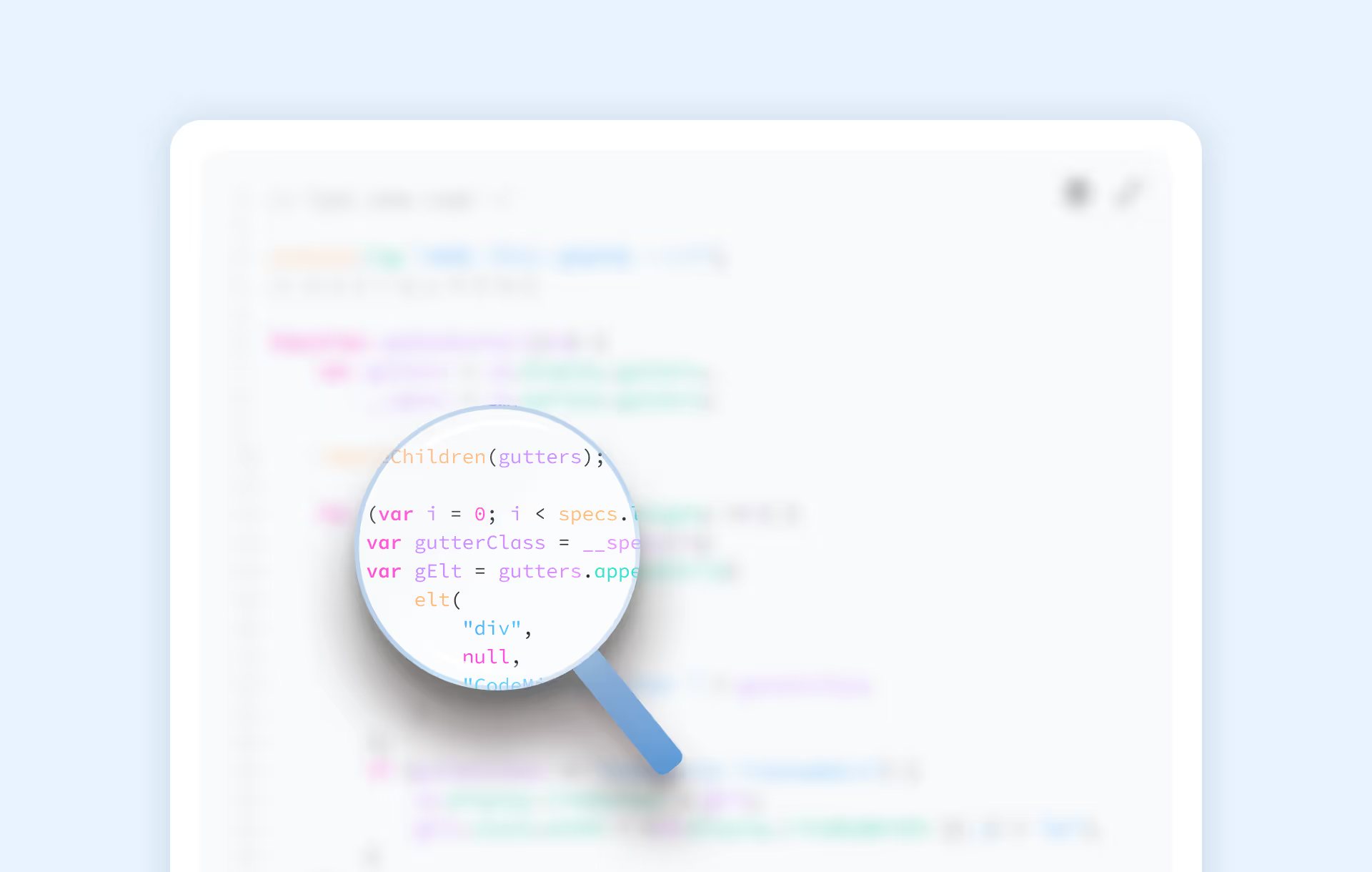
When your design is ready, it’s time to build. Choose a platform that matches your needs and resources. There are popular options like Webflow, Framer, and WordPress that businesses prefer to use for their websites because they are flexible and easy to use, even with minimal knowledge.
As you develop your website, also optimize images and code to ensure fast loading speeds. A slow website can easily frustrate users and hurt your search rankings.
Before launching your website, test your site on multiple devices and browsers to make sure everything looks and works correctly. Pay attention to any forms you’ve included on your website, buttons, and links. Finally, set up analytics tools like Google Analytics to track how your users behave on your website to measure performance.
7. Optimize Your Website for SEO
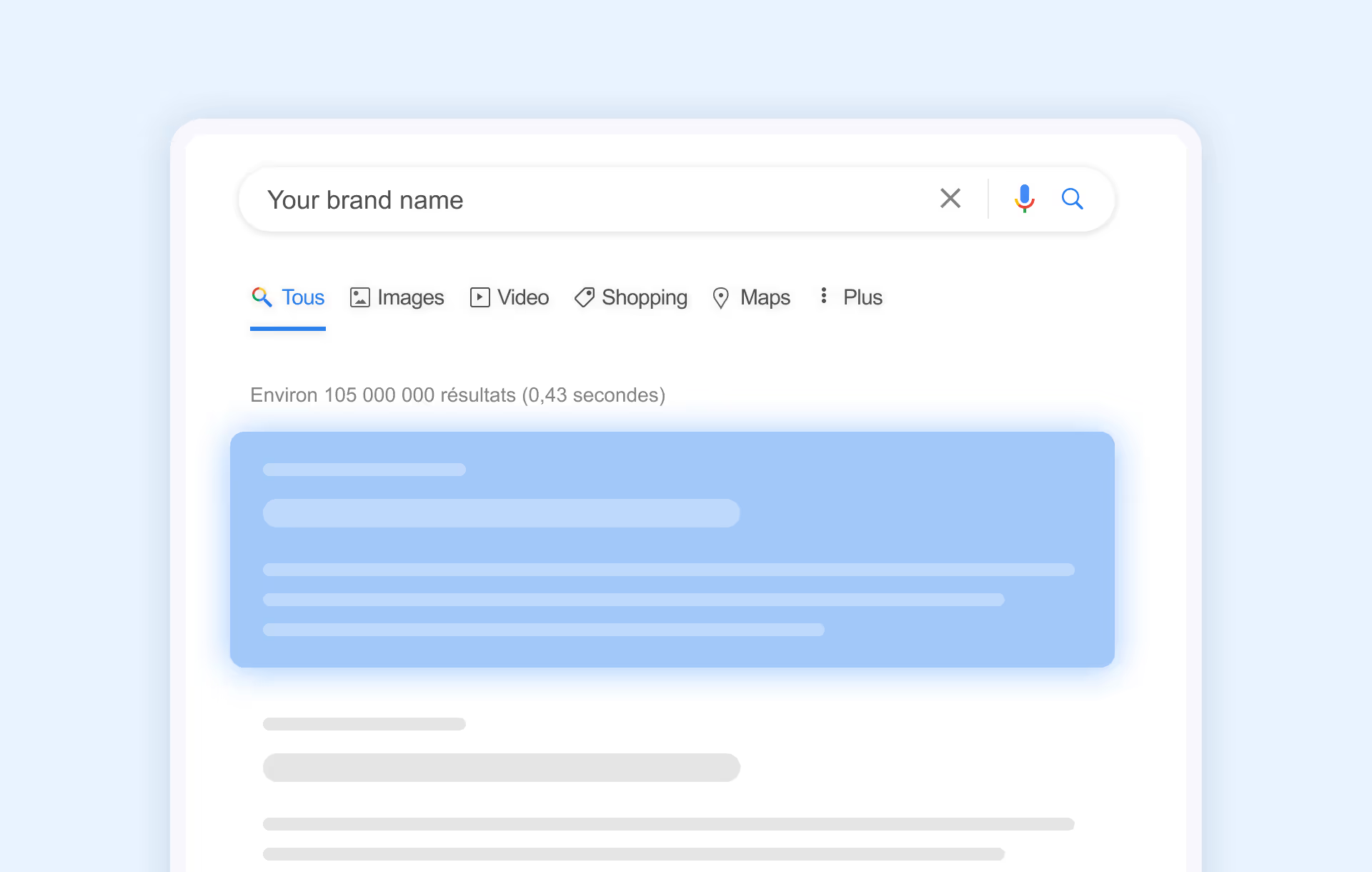
Search engine optimization (SEO) is always relevant when thinking about your website design. It ensures your website is discoverable when someone enters a search term related to your business or service. Start by identifying relevant keywords your audience searches for, then incorporate them naturally into your page titles, headings, and body content.
Each page should have its own unique meta description that summarizes the content and encourages clicks. Don’t forget to optimize your images. Use descriptive alt text for accessibility and search engines.
Internal linking (between your own website’s pages) helps users and search engines navigate your site easily, while external links (from your website to other sites and authoritative resources) also help build credibility. A well-optimized website attracts more visitors organically and increases your chances of turning them into customers.
8. Launch and Promote Your Website
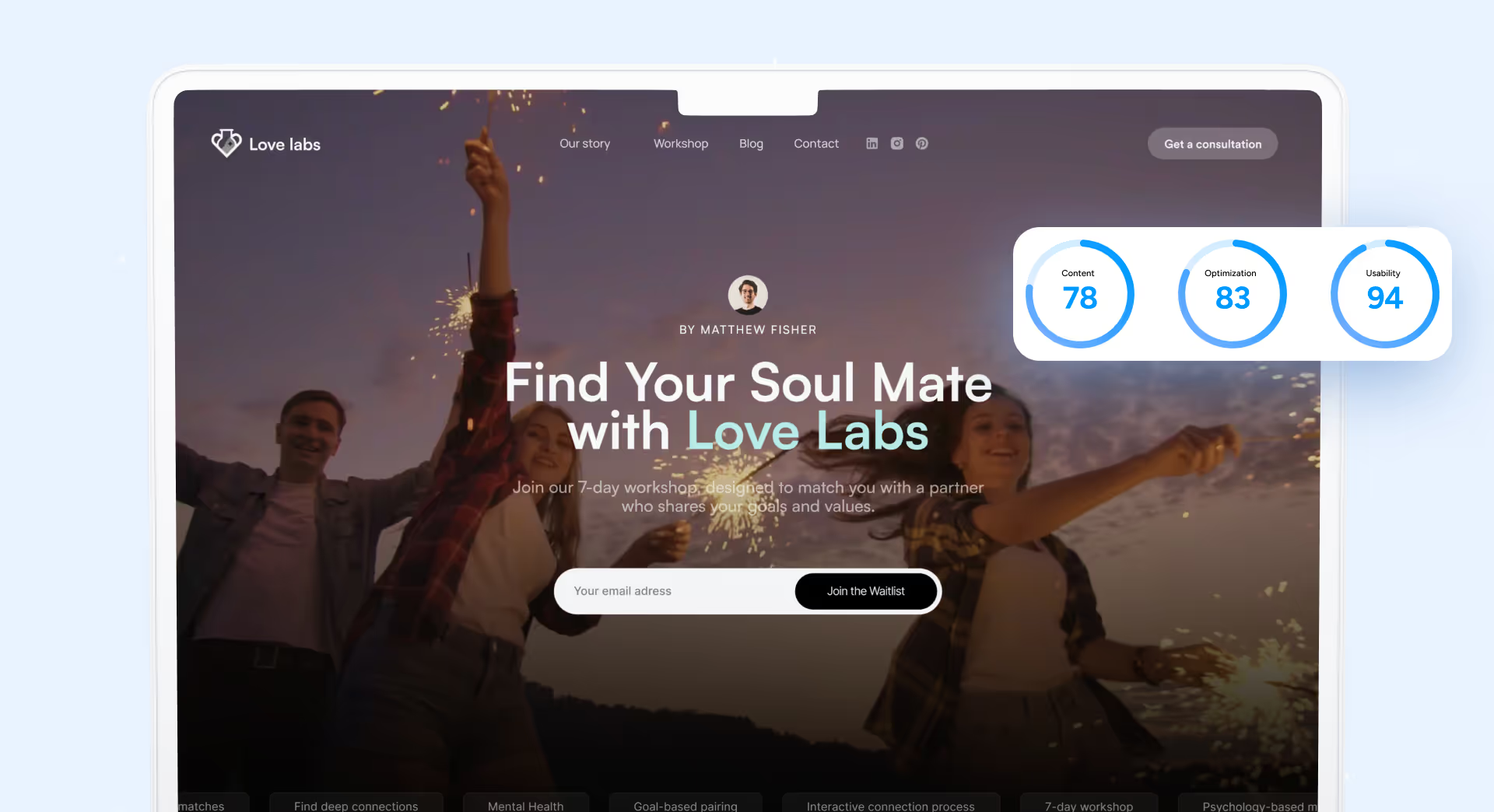
Before going live or launching your website, do a thorough review. Check for typos, broken links, design inconsistencies, and functionality issues. These may seem impossible, but mistakes happen during uploads. Think of this step as your final quality control step.
When your site is ready, announce the launch across as many channels as possible. Share it on social media, send emails to your subscribers who have signed up for your email list, and post updates on professional networks like LinkedIn.
Encourage early visitors to give feedback and be open to making adjustments. A website isn’t a one-size-fits-all product. It should be flexible and evolve with your business and your audience’s needs. Regular updates and improvements will keep it fresh, relevant, and effective.
Pro Tips
Designing a business website is a step-by-step process that blends strategy, creativity, and technical know-how. By defining your goals and planning carefully, you can build a website that looks good and drives business results.
Here are some tips to keep in mind:
- Prioritize mobile responsiveness from the start.
- Use strong visuals that reflect your brand.
- Keep content concise and benefit-focused.
- Track analytics regularly to guide future updates.
Your website is often the first impression your business makes. Ready to design a business website that works for you? Unroot Design can help bring your vision to life. Let’s get started today.
FAQ
What’s the difference between UI and graphic design?
UI design focuses on how users interact with digital products. This ensures layouts, buttons, and navigation are easy to use and functional. Graphic design focuses on visual communication through design elements like typography, imagery, and layout across print and digital media.
What are the key elements of an effective logo design?
A strong logo is a balance of typography, symbols, and color to create a clear visual identity that reflects the brand. It should also be flexible, versatile and easy to recognize across different formats and sizes.
How can businesses use motion graphics to enhance their branding?
Motion graphics are a way of bringing static visuals to life. They make brand messages more engaging and memorable across digital platforms. They’re best for explainer videos, animated logos, ads, and social media content to grab attention quickly and boost brand recall.

